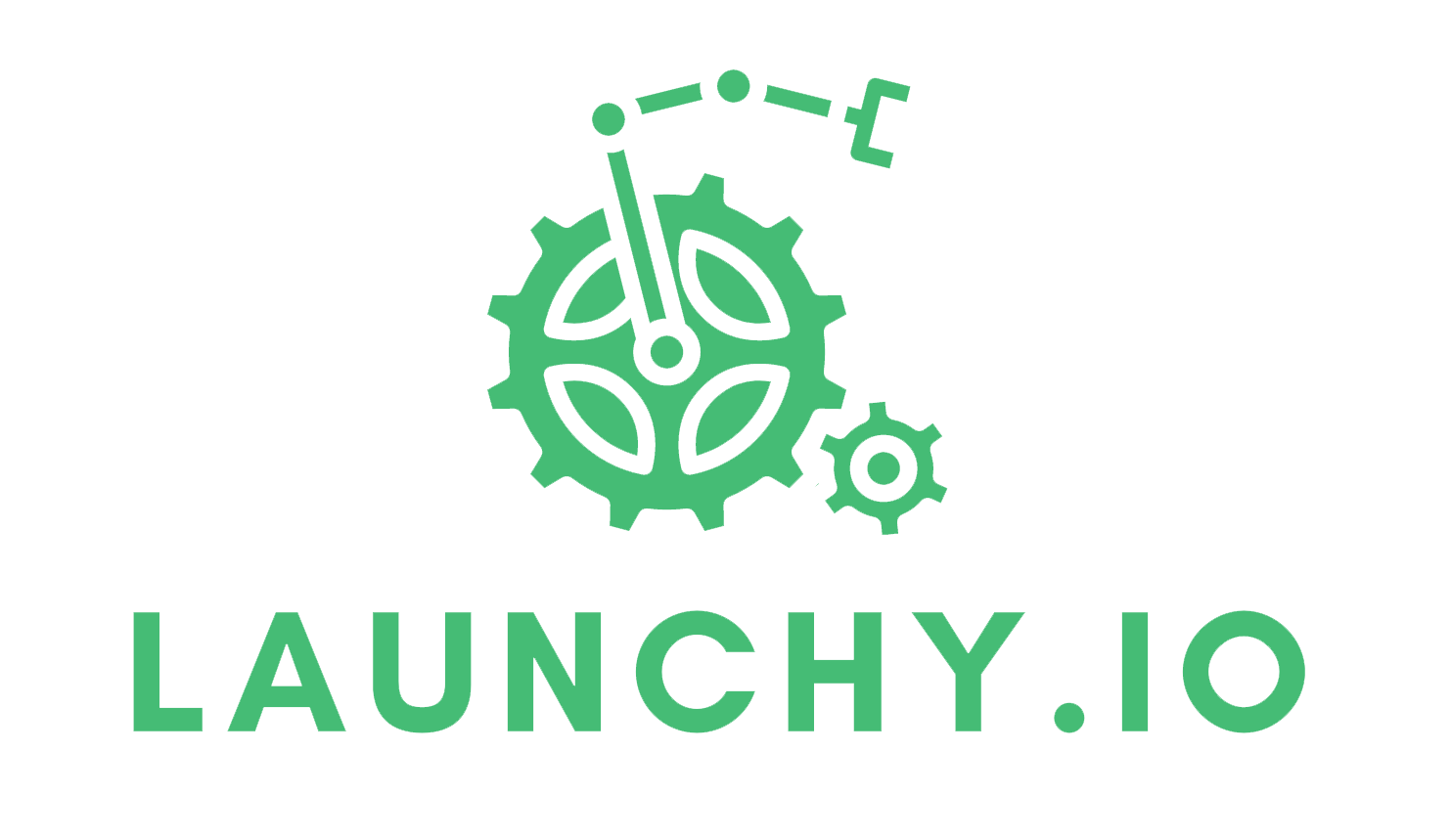Evolving consumer behaviours contribute to more fluctuations, trends, and variations in the business landscape.
Stepping into another year, understanding the trends that will arise is essential.
The new waves taking over marketing are signposts to what every marketer must learn to navigate and leverage for better conversions and a worthy ROI.
As 2022 dawns, here are the marketing automation software changes you need to keep an eye out for.
Chatbots are taking centre stage
In the coming years, chatbots are expected to become one of the key tools used by businesses to interact with their customers.
Modern consumers expect to find information and customer support with ease.
The lack of a prompt response can cause customers to become frustrated—or worse, lose interest in doing business with you. Chatbots are an effective solution for this problem, stepping in your place to offer real-time help precisely when customers need it.
Around 80% of businesses are set to integrate a chatbot into their automation system in 2022 alone.
Interactive and natural language features adopted by bots are more likely to increase lead engagement and conversion, making it easier for businesses to interact with their audiences without spending too much time or effort on effective and meaningful communication.
Conversational marketing is on the rise
Alongside the chatbot’s growing popularity, conversational marketing is gradually gaining ground in marketing automation software.
Businesses can no longer attract consumers through robotic interactions—a major motivation for unsubscribing.
Conversational marketing can bridge this interaction gap by making your automated text less robotic and more inviting and natural.
By next year, we’re likely to see an increase in marketing automation—powered by artificial intelligence and machine learning—adopting conversational scripts in automated interactions.
Thanks to advances in artificial intelligence, conversational language in chatbots can make it feel as if you’re interacting with another human being.
Omnichannel marketing is expanding
Omnichannel marketing allows brands to retarget their customers so they see your brand more frequently in their online interactions.
This ability to stay at the forefront of your audience’s mind is more important than ever in the current market.
Today, millennials and Gen Z—two of the most tech-literate generations—dominate online audiences. The eCommerce sector has also grown from 16% to 19% in 2020 alone.
This means a large part of your audience is likely to be switching between apps and websites; interacting with the same brand through two or more channels for more information before they make a purchase.
As we head into 2022, marketing automation software is expected to focus more on tools that can integrate your online channels—preparing marketers to launch omnichannel campaigns.
Accessibility testing is gaining prominence
To reach a wider audience and address their demands, you need to account for diverse needs. When going digital, accessibility testing is a necessity that will gain significance in 2022.
Individuals with disabilities rely on digital services for their everyday activities. Accessibility testing software makes it possible for marketers to communicate across digital platforms without excluding anyone in their target audience.
Today, software companies are investing in accessibility testing to improve their customer experience.
Relying on accessible marketing automation platforms will not only widen the reach of your marketing efforts, but will also enhance your consumer experience.
RPA is becoming the next big thing
Technologies such as iPaaS (Integration Platform as a Service), BPA (Business Process Automation), LCAPs (Low-Code Application Platforms), and RPA (Robotic Process Automation) are all modern automation and software giants fighting for marketing domination.
Among the automation technologies that have been entering the market, RPA is predicted to tower over other technologies.
RPA’s ability to streamline processes like storing customer information, extracting marketing and sales data in different formats, sales order and invoice processing, lead nurturing, competition monitoring, and business intelligence reporting are a few of the many benefits that are catapulting RPA to become the leading software for marketers in 2022.
Marketing automation software is gearing up to make the landscape more accessible and streamlined
In the past two years, global businesses were compelled to ramp up their agility, online presence, and versatility when interacting with customers.
The new changes we expect from marketing automation software are set to support businesses to meet these high standards, bringing brands closer to their clients.
Want to learn more about marketing automation software? Schedule a free consultation with us today.

